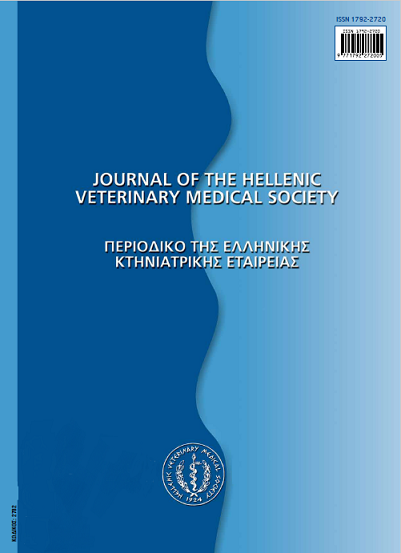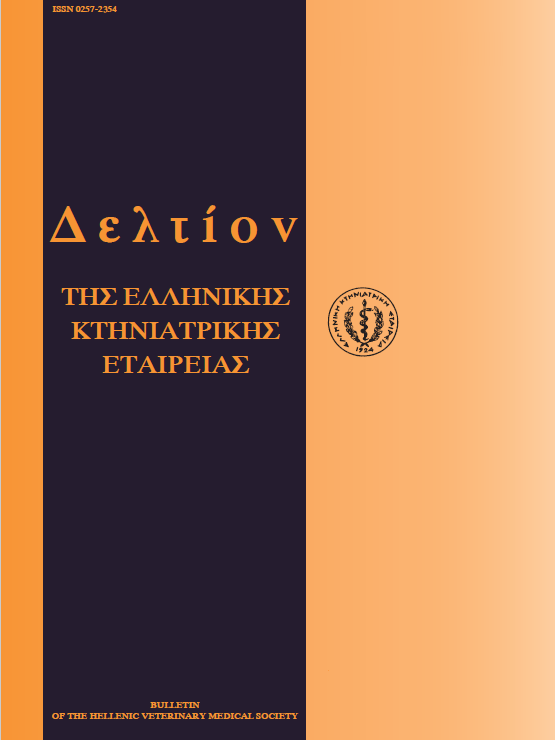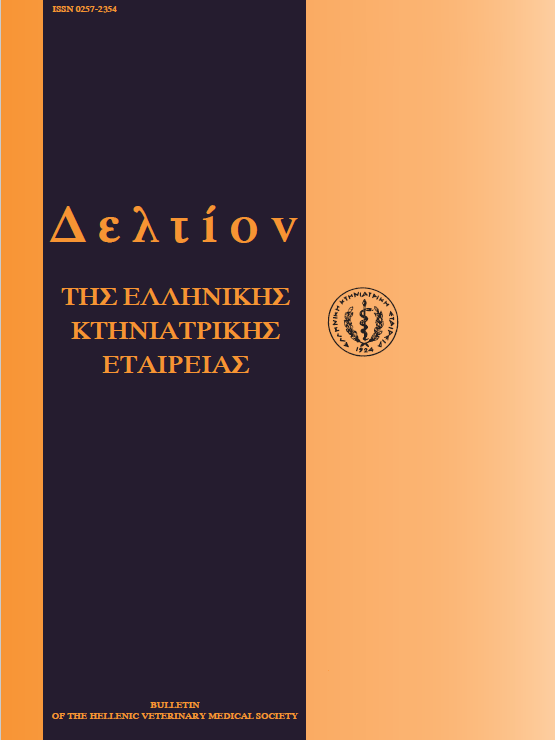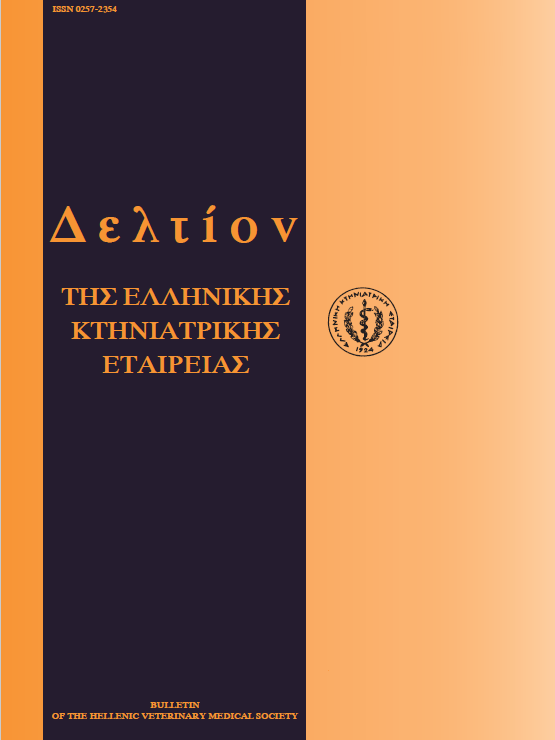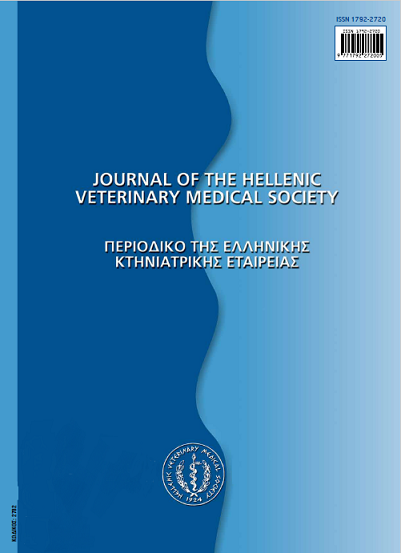The use of growth promoters in swine nutrition: Problems and perspectives concerning public health and swine production
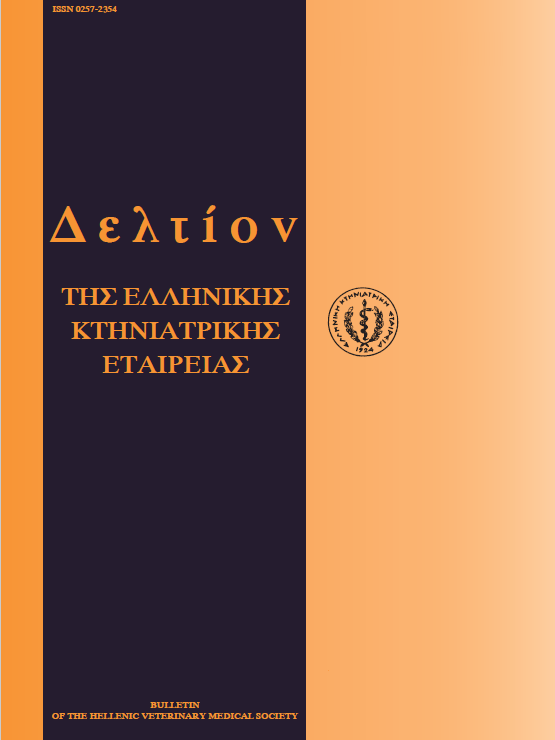
Abstract
The use of antimicrobial agents as growth promoters is widely established in modern commercial units, in order to improve and increase the animal production. Based on the controversy of the use of avoparcin which arose the last two years, as well as with spiramycin, tylosin, zinc-bacitracin and virginiamycin the past year, the use of antimicrobial agents is under severe criticism. Several scientific organizations are supportive to the ban of the use of antimicrobial agents as feed additives. The objections refer to the toxicity of some growth promoters, their lower effects under optimized housing conditions, as well as to the mode of application without veterinary prescription. Moreover, they refer to their possible incompatibility with other therapeutics, the hazard of residues in animal origin food, the intoxications in nontarget species such as ionophores in horses and especially the hazard of development of resistance in bacteria. The purpose of this paper is to present the advantages and disadvantages of the in-feed use of antimicrobial agents as growth promoters, especially in swine, which along with poultry represent the main categories of productive animals where an extended use of such pharmaceuticals is applied. Finally, some proposals are being mentioned emphasizing on the need for veterinary control of all antimicrobial agents, including the growth promoters, which are used in animals (predisposing that their application is under veterinary prescription).
Article Details
- How to Cite
-
TZIKA (Ε. Δ. ΤΖΗΚΑ) E. D., SBIRAKI (Α.Π. ΣΜΠΙΡΑΚΗ) A. P., KRITAS (Σ. Κ. ΚΡΗΤΑΣ) S. K., KOUTSOVITI - PAPADOPOULOU (Μ. ΚΟΥΤΣΟΒΙΤΗ-ΠΑΠΑΔΟΠΟΥΛΟΥ) M., & KYRIAKIS (Σ.K. ΚΥΡΙΑΚΗΣ) S. C. (2018). The use of growth promoters in swine nutrition: Problems and perspectives concerning public health and swine production. Journal of the Hellenic Veterinary Medical Society, 51(2), 89–99. https://doi.org/10.12681/jhvms.15664
- Issue
- Vol. 51 No. 2 (2000)
- Section
- Review Articles

This work is licensed under a Creative Commons Attribution-NonCommercial 4.0 International License.
Authors who publish with this journal agree to the following terms:
· Authors retain copyright and grant the journal right of first publication with the work simultaneously licensed under a Creative Commons Attribution Non-Commercial License that allows others to share the work with an acknowledgement of the work's authorship and initial publication in this journal.
· Authors are able to enter into separate, additional contractual arrangements for the non-exclusive distribution of the journal's published version of the work (e.g. post it to an institutional repository or publish it in a book), with an acknowledgement of its initial publication in this journal.
· Authors are permitted and encouraged to post their work online (preferably in institutional repositories or on their website) prior to and during the submission process, as it can lead to productive exchanges, as well as earlier and greater citation of published work.




